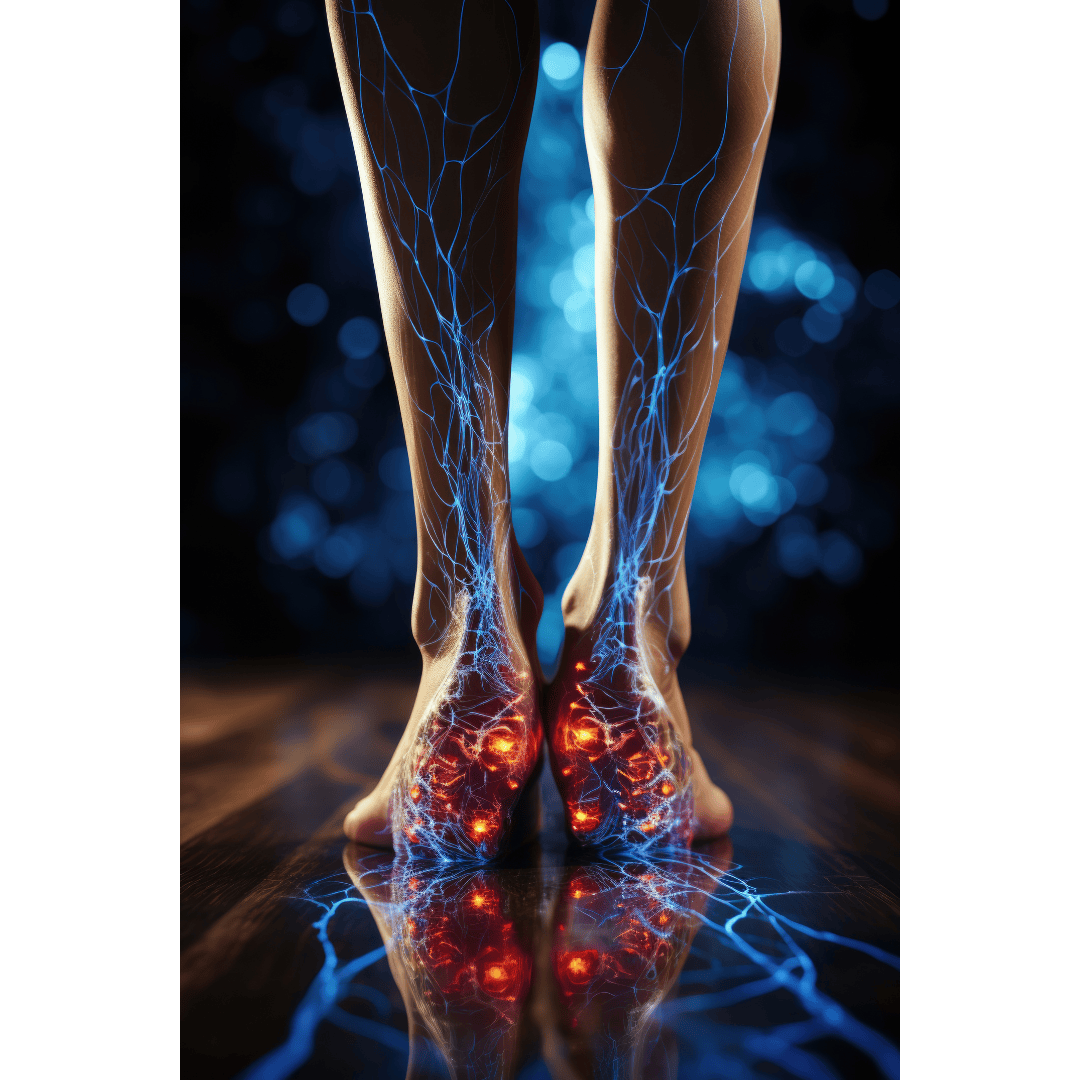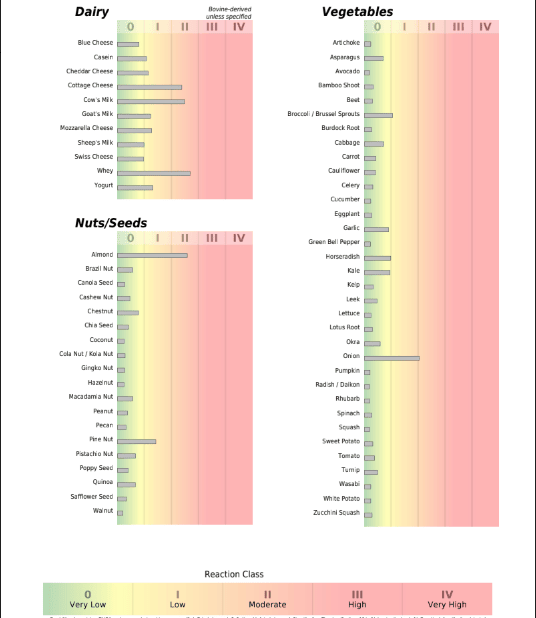Stronglife Physiotherapy - Your solution for Holistic Health in Utah County
Heal Faster and Fix the Root Cause of Pain in Provo, Utah
At Stronglife Physiotherapy in Provo, Utah, we help you heal the root cause of stubborn pain and hard-to-treat health conditions using proven, research-backed treatments that accelerate recovery and restore lasting wellness.
Our advanced, non-invasive therapies include Hyperbaric Oxygen Therapy, Calmare Pain Scrambler Therapy, Dry Needling, Shockwave Therapy, Red Light Therapy, Food Sensitivity Testing, Swift Wart Treatment, and Manual Manipulation, all designed to reduce inflammation, speed healing, and help you feel your best.
Stronglife Physiotherapy - Your solution for Holistic Health in Utah County
Ready to heal faster and feel better? At Stronglife Physiotherapy in Provo, Utah, we deliver advanced, non-invasive treatments that help you recover, reduce pain, and boost wellness.
Our Utah County clinic offers powerful solutions like Hyperbaric Oxygen Therapy for recovery and inflammation, Calmare Pain Scrambler Therapy for chronic nerve pain, Dry Needling for muscle and joint relief, Shockwave Therapy to accelerate healing, Red Light Therapy to promote tissue repair, Food Sensitivity Testing to target hidden inflammation, Swift Wart Treatment for fast, effective wart removal, and expert Manual Manipulation for spinal and joint health.
Don’t wait—experience the Stronglife difference today. Call Stronglife Physiotherapy in Provo to start your journey to lasting pain relief, faster healing, and better health!



Health Solutions for a Stronger Life

Innovative solutions Tailored for you
At Stronglife Physiotherapy, we proudly offer advanced, specialized therapies designed to meet the unique needs of every patient. Our commitment to cutting-edge treatments for faster healing, pain relief, and lasting wellness is reflected in our expert services.

Shockwave therapy offers a breakthrough, non-invasive, long-term solution for erectile dysfunction, back pain, plantar fasciitis, sciatica, TMJ, carpal tunnel, neck pain, tennis elbow, and muscle-tension headaches. We provide fast, drug-free pain relief and healing.



Hyperbaric Oxygen Therapy offers advanced healing for autoimmune conditions, fibromyalgia, traumatic brain injury, and chronic injury recovery. Our HBOT treatments deliver high-dose oxygen to accelerate recovery, reduce inflammation, and improve overall health—helping you reclaim energy, vitality, and quality of life in a serene environment, fostering relaxation and rejuvenation.

Calmare Scrambler Therapy offers powerful, drug-free relief for nerve pain, neuropathy, failed back surgery syndrome, restless leg syndrome, post-surgical pain, chemotherapy-related neuropathy, shingles pain, CRPS, trigeminal neuralgia, brachial plexus injuries, cancer pain, lumbar pain, phantom limb pain, sciatic pain, and burning or tingling nerve symptoms. Our innovative Calmare technology retrains pain signals, helping you regain comfort, mobility, and quality of life without the use of opioids.



Experience expert dry needling for pain relief with the most experienced dry needling certified doctor. We offer dry needling physical therapy for back pain, neck pain, sciatica, migraines, TMJ, shoulder and knee pain, muscle knots, plantar fasciitis, and sports injuries. Trigger point dry needling improves mobility, speeds recovery, and reduces inflammation.

Full body red light therapy, included for free with every hyperbaric oxygen therapy session, supports skin rejuvenation, pain relief, better sleep, and emotional wellness. Combining the benefits of broadband light, narrow band UVB, and low-level light therapy (LLLT), our cutting-edge treatments promote healing from the inside out. Red light therapy is an effective option for treating seasonal affective disorder, inflammation, and even improving skin tone and texture.



Swift Wart Treatment offers a revolutionary solution for stubborn warts on hands, warts on feet, armpit warts, nail warts, and underarm warts. Using advanced microwave technology, Swift targets the root cause of warts, promoting natural immune response for faster, more permanent wart removal. As a trusted wart specialist, we deliver industry-leading long-term success rates without painful salicylic acid, compound w, cryotherapy, freezing, cutting, or chemicals.

The Nasal Release Technique (NRT) is a non-invasive therapy designed to alleviate sinus pressure, nasal congestion, and breathing difficulties. By gently opening blocked nasal passages and enhancing sinus drainage, NRT helps reduce inflammation and improve airflow for easier breathing. This effective treatment provides relief from chronic sinusitis, sleep apnea, snoring, TMJ disorders, post-concussion symptoms, and more. Experience clearer breathing and better sleep with the Nasal Release Technique, a natural solution for various nasal and sinus issues.



Stronglife Physiotherapy provides advanced food sensitivity testing to support immune balance and whole-body health, and it only takes 5 minutes with a finger prick. Food hypersensitivity and intolerances often go undiagnosed but can lead to chronic inflammation, autoimmune conditions, chronic brain fog, and daily fatigue. By pinpointing your individual sensitivities — whether a food allergy or intolerance — we help you create a customized, healing nutrition plan that promotes lasting wellness.

Certified manual therapy alleviates back pain and restores proper spinal alignment. Our back specialists use proven manipulation techniques to treat conditions like lower back muscle spasms, lumbar strain, and pinched nerves. Whether you're dealing with a muscle strain, headache, or back spasm, our physical therapy services, including myofascial release, help improve your mobility and reduce pain. Find relief for your back issues today with targeted treatments from a trusted doctor physical therapist.

Help with serious Health Problems & stubborn pain
Extensive experience with A Spectrum of Holistic Services Tailored for You: shockwave therapy, hyperbaric oxygen therapy, dry needling & Calmare
⭐️⭐️ ⭐️⭐️⭐️
"Shockwave therapy helped with my heel pain"
– Celeste Lowry
⭐️⭐️ ⭐️⭐️⭐️
"Relieved tons of pain with the shockwave therapy"
– Cory Muirbrook
⭐️⭐️ ⭐️⭐️⭐️
"HBOT has been life-changing for my daughter"
– Kelsey Judkins
⭐️⭐️ ⭐️⭐️⭐️
"The hyperbaric chamber has been amazing"
– Kim Mecham
⭐️⭐️ ⭐️⭐️⭐️
"Hyperbaric oxygen therapy helped my migraines"
– Kristi Pickering
⭐️⭐️ ⭐️⭐️⭐️
"Improvement in my foot neuropathy symptoms"
– Chad Booth
⭐️⭐️ ⭐️⭐️⭐️
"Neuropathy is so much better now"
– Carrie Aulwes
⭐️⭐️ ⭐️⭐️⭐️
"Less fibromyalgia pain than ever before"
– Lynette Jones
⭐️⭐️ ⭐️⭐️⭐️
"Back pain relief was immediate"
– Jake Atkin
⭐️⭐️ ⭐️⭐️⭐️
"Cured my plantar fasciitis! Tried everything"
– Melanie Kay
⭐️⭐️ ⭐️⭐️⭐️
"Back to running without pain"
– Sarah Farnsworth
⭐️⭐️ ⭐️⭐️⭐️
"Walking longer distances again pain-free"
– Alyssa Gale
⭐️⭐️ ⭐️⭐️⭐️
"Walking pain free after plantar fasciitis"
– Russell Elzey
⭐️⭐️ ⭐️⭐️⭐️
"Shockwave therapy helped with my heel pain"
– Celeste Lowry
⭐️⭐️ ⭐️⭐️⭐️
"Relieved tons of pain with the shockwave therapy"
– Cory Muirbrook
⭐️⭐️ ⭐️⭐️⭐️
"HBOT has been life-changing for my daughter"
– Kelsey Judkins
⭐️⭐️ ⭐️⭐️⭐️
"The hyperbaric chamber has been amazing"
– Kim Mecham
⭐️⭐️ ⭐️⭐️⭐️
"Hyperbaric oxygen therapy helped my migraines"
– Kristi Pickering
⭐️⭐️ ⭐️⭐️⭐️
"Improvement in my foot neuropathy symptoms"
– Chad Booth
⭐️⭐️ ⭐️⭐️⭐️
"Neuropathy is so much better now"
– Carrie Aulwes
⭐️⭐️ ⭐️⭐️⭐️
"Less fibromyalgia pain than ever before"
– Lynette Jones
⭐️⭐️ ⭐️⭐️⭐️
"Back pain relief was immediate"
– Jake Atkin
⭐️⭐️ ⭐️⭐️⭐️
"Cured my plantar fasciitis! Tried everything"
– Melanie Kay
⭐️⭐️ ⭐️⭐️⭐️
"Back to running without pain"
– Sarah Farnsworth
⭐️⭐️ ⭐️⭐️⭐️
"Walking longer distances again pain-free"
– Alyssa Gale



REady for relief?
Come in to our Provo location for a no-obligation, no pressure, FREE consultation with Dr. AJ Ludlow


ready for relief?

Our Unique Approach to Wellness and Longevity
What truly sets Stronglife Physiotherapy apart is our unwavering dedication to personalized, expert care, backed by a full range of advanced, non-invasive therapies for recovery, pain relief, and lasting wellness.
Located in Provo, Utah, Stronglife is more than a physical therapy clinic—we are your trusted partner in healing and long-term health. Our experienced team delivers proven solutions like Hyperbaric Oxygen Therapy, Calmare Pain Scrambler Therapy, Shockwave Therapy, Dry Needling, Red Light Therapy, Food Sensitivity Testing, Swift Wart Treatment, and Manual Manipulation to help you recover faster, move better, and feel stronger.
By combining cutting-edge technology with results-driven therapies, Stronglife Physiotherapy leads the way in transforming health care in Utah County—helping each patient reclaim a vibrant, pain-free life.
By combining cutting-edge technology with results-driven therapies, Stronglife Physiotherapy leads the way in transforming health care in Utah County—helping each patient reclaim a vibrant, pain-free life.



Our Unique Approach to Wellness and Longevity
What truly sets Stronglife Physiotherapy apart is our unwavering dedication to personalized, expert care, backed by a full range of advanced, non-invasive therapies for recovery, pain relief, and lasting wellness.
Located in Provo, Utah, Stronglife is more than a physical therapy clinic—we are your trusted partner in healing and long-term health. Our experienced team delivers proven solutions like Hyperbaric Oxygen Therapy, Calmare Pain Scrambler Therapy, Shockwave Therapy, Dry Needling, Red Light Therapy, Food Sensitivity Testing, Swift Wart Treatment, and Manual Manipulation to help you recover faster, move better, and feel stronger.
By combining cutting-edge technology with results-driven therapies, Stronglife Physiotherapy leads the way in transforming health care in Utah County—helping each patient reclaim a vibrant, pain-free life.
By combining cutting-edge technology with results-driven therapies, Stronglife Physiotherapy leads the way in transforming health care in Utah County—helping each patient reclaim a vibrant, pain-free life.




HEAL FASTFEEL STRONG
DO MORE
HEAL FASTFEEL STRONG
DO MORE
Contact
📞 Call Us:
Office Hours
Monday:8am-12pm, 1pm-5pm
Tuesday:
8am-12pm, 1pm-6pm
Wednesday:
8am-12pm, 1pm-6pm
Thursday:
8am-12pm, 4pm-6pm
Friday:
8am-12pm, 1pm-5pm
More info
DISCLAIMER: THIS CONSULTATION IS FOR INFORMATIONAL AND EDUCATIONAL PURPOSES ONLY. THERE ARE NO TREATMENTS INCLUDED WITH THIS FREE CONSULTATION. THE INFORMATION CONTAINED IN THIS CONSULTATION DOES NOT CONSTITUTE THE RENDERING OF HEALTHCARE ADVICE OR THE PROVISION OF TREATMENT OR TREATMENT RECOMMENDATIONS. ATTENDING THIS FREE CONSULTATION DOES NOT ESTABLISH A PROFESSIONAL RELATIONSHIP WITH STRONGLIFE PHYSIOTHERAPY OR ANY MEMBER OF OUR STAFF. ANY MEDICAL OR HEALTHCARE RELATED DECISION SHOULD BE MADE IN CONSULTATION WITH A QUALIFIED HEALTHCARE PROVIDER.
TREATMENTS WILL BE COMPLETED BY A UTAH LICENSED PROVIDER.
THIS SITE IS NOT A PART OF THE FACEBOOK WEBSITE OR FACEBOOK INC. ADDITIONALLY, THIS SITE IS NOT ENDORSED BY FACEBOOK IN ANY WAY. FACEBOOK IS A TRADEMARK OF FACEBOOK, INC.
© Copyright 2020 - All Rights Reserved, Stronglife Physiotherapy


